1. Microwaves
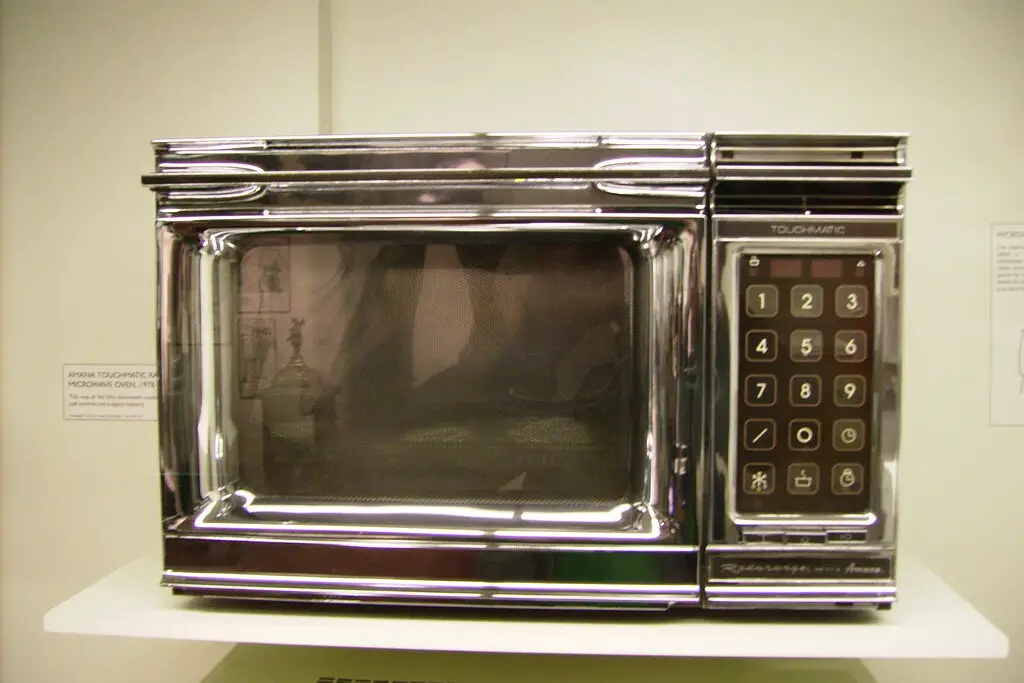
You probably use your microwave every day without ever thinking about how it came to be. But it was actually a happy accident from World War II radar technology. An engineer named Percy Spencer was working with magnetrons—devices used in radar systems—when he noticed a candy bar in his pocket had melted. That tiny moment of curiosity led to the invention of the microwave oven shares History.com.
Initially, the first commercial microwaves were massive and expensive, mostly used in restaurants and on Navy ships. But over time, they got smaller, cheaper, and more reliable. Now it’s hard to imagine life without one. All because the military needed better radar adds Inc.com.
2. Duct Tape
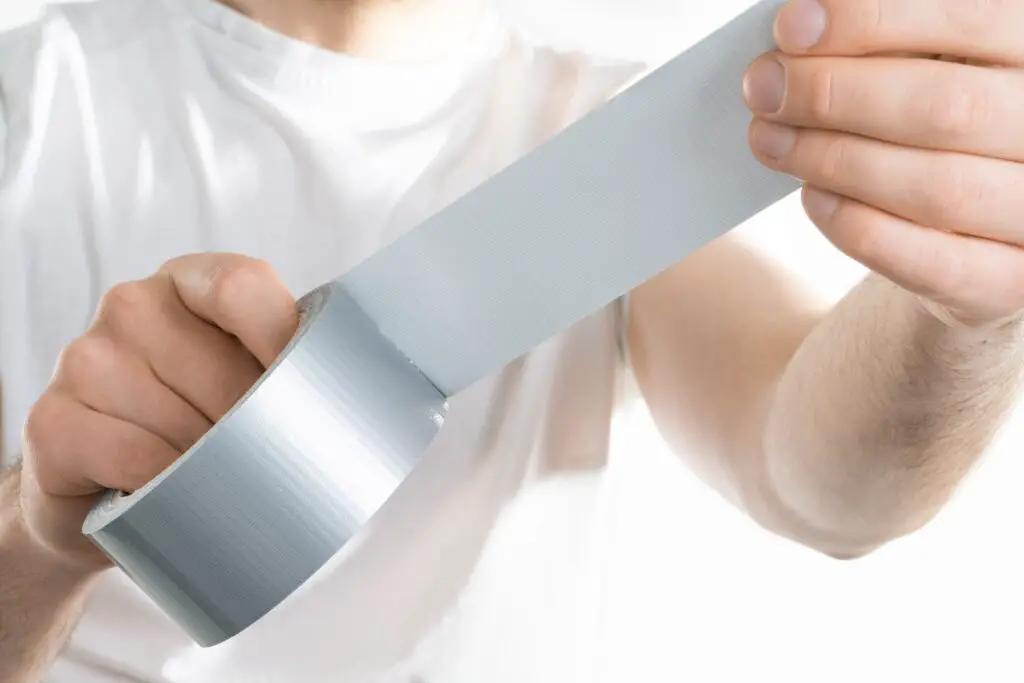
Duct tape wasn’t originally made for ducts at all. It was created during World War II as a waterproof tape to seal ammunition cases. Soldiers loved it because it was strong, flexible, and could patch up pretty much anything in a pinch. They even used it to fix vehicles, shoes, and equipment says Johnson & Johnson.
After the war, people started bringing it home and using it for household fixes. Eventually, it was rebranded as duct tape—because folks were using it to seal air ducts—and the silver version we know today became popular. Even though it has military roots, it’s now a universal fixer-upper. You’ve probably got a roll stashed somewhere right now adds NATO.
3. GPS
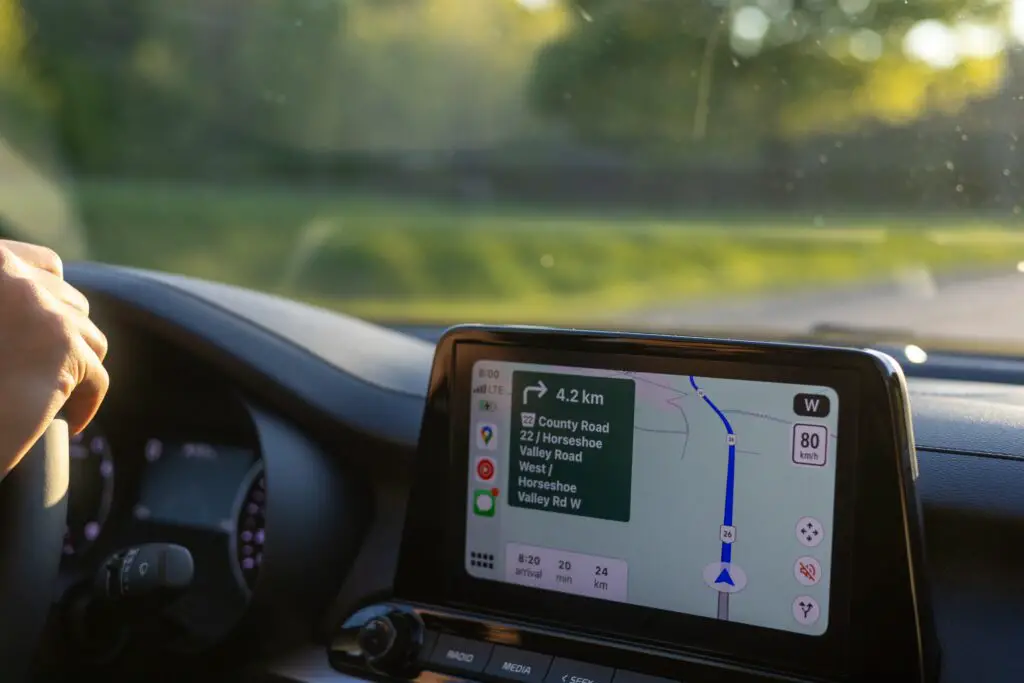
It’s hard to get lost these days thanks to GPS, but the original purpose wasn’t to help us find the nearest coffee shop. The U.S. Department of Defense developed it in the 1970s for precise navigation of submarines, aircraft, and troops. It wasn’t opened up for civilian use until the 1980s.
Once it became publicly available, it changed everything—from how we drive to how we track packages. Most smartphones now use GPS constantly, whether you’re checking the weather or calling for a rideshare. It’s one of the clearest examples of military tech transforming into something we rely on daily. And it all started with Cold War-era defense strategy.
4. Super Glue
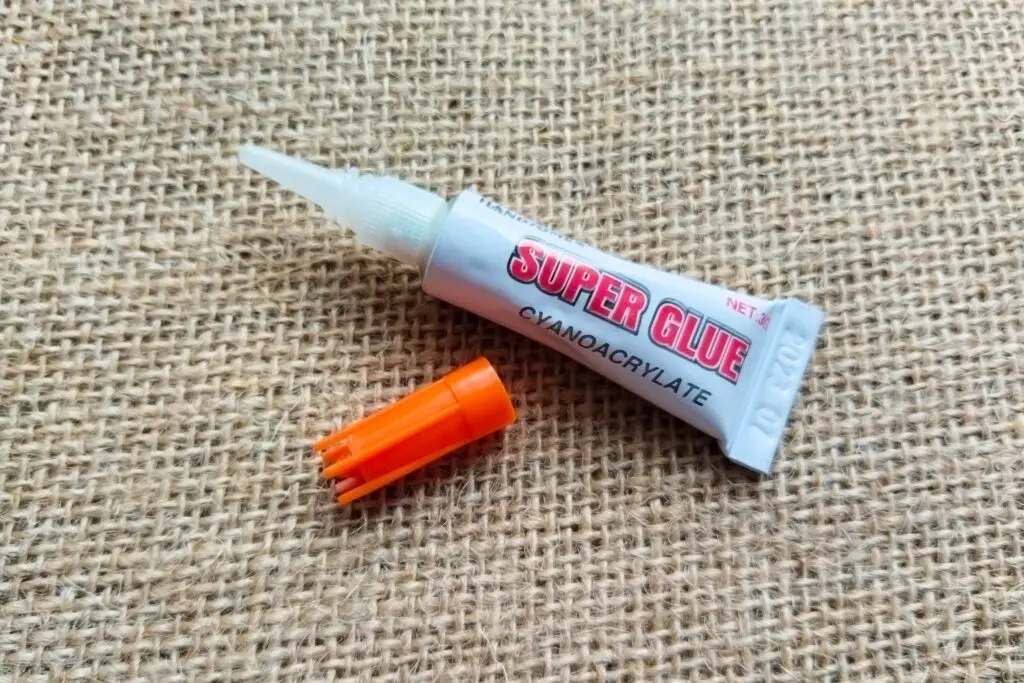
Super glue was born out of a failed military experiment. Scientists were trying to make clear plastic sights for guns during World War II when they accidentally created a substance that stuck to everything. It wasn’t useful for their original project, so they shelved it.
But years later, someone realized its insane sticking power had other possibilities. By the Vietnam War, medics were using it to seal wounds quickly in the field. Eventually, it hit the consumer market and became a staple for quick fixes at home. That tiny tube in your junk drawer has quite the battlefield backstory.
5. Freeze-Dried Food

Your astronaut ice cream and hiking meals have their roots in military necessity. Freeze-drying was developed to preserve blood plasma and food for soldiers during World War II. The technique made supplies lightweight, easy to transport, and long-lasting without refrigeration.
After the war, NASA adapted it for space missions, and soon it found its way to outdoor recreation and emergency prep. Today, it’s in everything from camping kits to gourmet backpacking meals. That weird, crunchy texture? You can thank military logistics for it.
6. Synthetic Rubber

Natural rubber was in short supply during World War II, especially after access to Southeast Asia was cut off. So the U.S. military ramped up efforts to create a synthetic version. Chemists worked fast and came up with a petroleum-based substitute that could be used in tires, seals, and gaskets.
It wasn’t perfect at first, but the urgency of war sped up development. Once the war ended, synthetic rubber production didn’t stop—it only grew. Now, it’s used in everything from shoe soles to car tires. You’ve probably walked on it or driven with it today without giving it a second thought.
7. Aviator Sunglasses
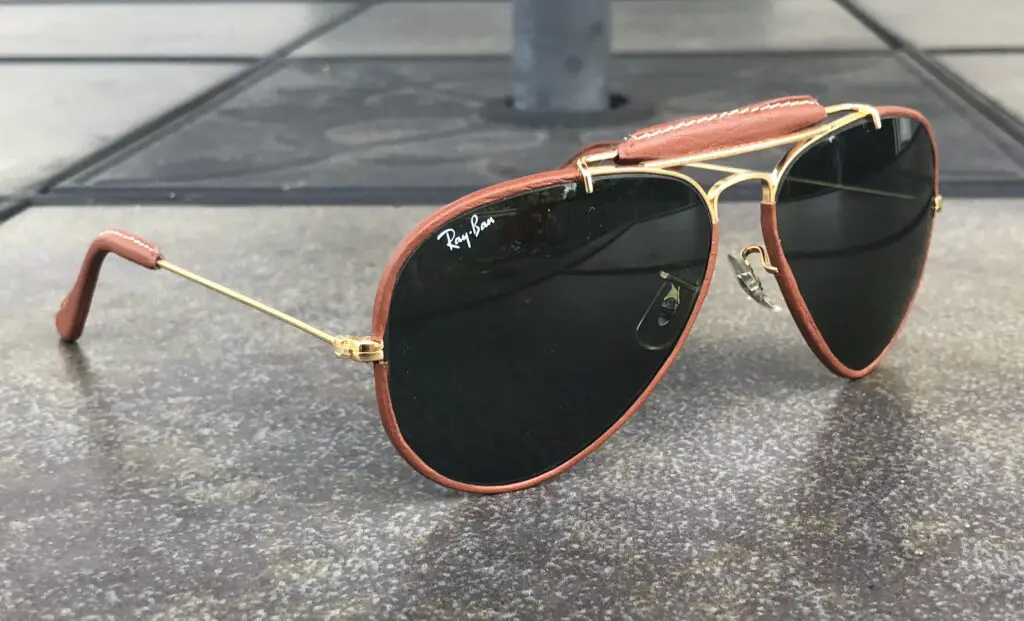
You don’t have to be a pilot to rock aviators, but that’s who they were made for. In the 1930s, Bausch & Lomb developed the glasses for military pilots struggling with glare at high altitudes. The design was meant to protect their eyes while offering a wider field of vision.
They were an instant hit with servicemen and later caught on with civilians. After World War II, returning soldiers brought the style home, and Hollywood helped make them iconic. Today, they’re more fashion than function, but their military roots are still baked into the name. Every time you put them on, you’re channeling a little Top Gun.
8. EpiPens
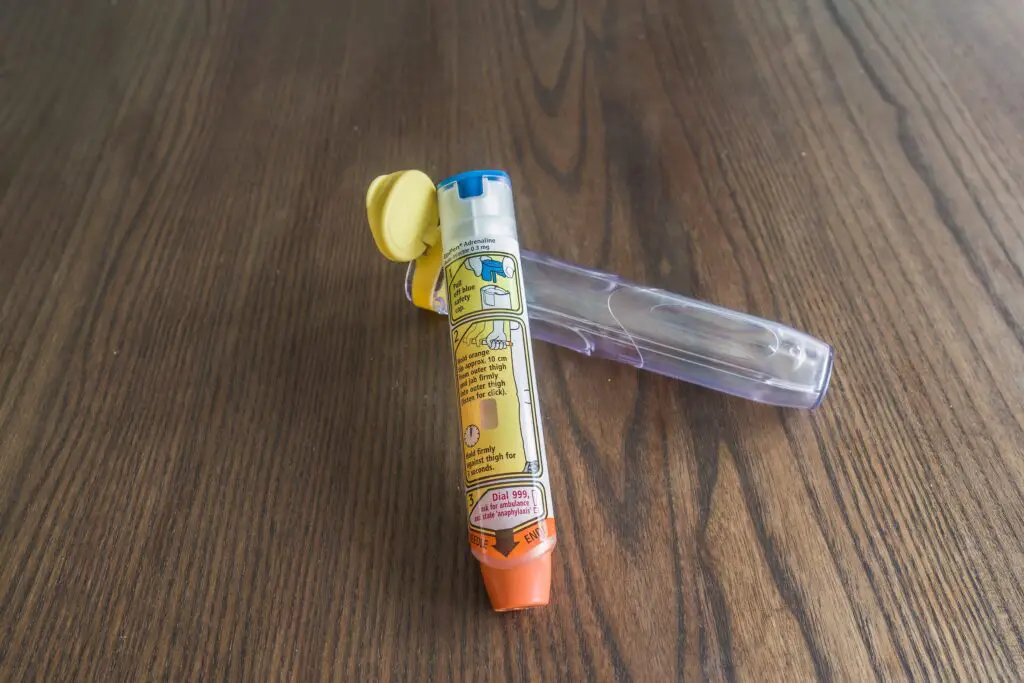
EpiPens may save lives in seconds, but their delivery system comes from a much different battlefield. The auto-injector was originally developed for the military to deliver nerve gas antidotes quickly and efficiently. Soldiers needed something fast and foolproof, even in high-stress situations.
Later, that same tech was repurposed for allergy sufferers who needed immediate epinephrine during anaphylactic shock. The design hardly changed—just the medicine inside. Now, it’s a common tool for kids with peanut allergies or adults with bee sting sensitivities. A military invention turned literal lifesaver.
9. Infrared Thermometers

Non-contact thermometers became especially popular during the pandemic, but their roots trace back to military targeting systems. Infrared sensing was developed to detect heat signatures in missiles and surveillance. It allowed the military to spot enemies or threats even in the dark.
Eventually, the technology shrank and found its way into civilian life. Now it’s used in cooking, HVAC systems, and of course, quick forehead temperature checks. You wouldn’t think that a device meant for battlefield targeting would be checking your kid’s fever. But here we are.
10. Nylon

Nylon was first developed in the late 1930s, just in time for World War II. It was used to replace silk in parachutes, ropes, and even uniforms because silk became hard to get once trade with Asia was disrupted. The military gobbled up every bit of it.
After the war, DuPont turned its attention to the civilian market. Nylon stockings became wildly popular, and the fabric was used in everything from toothbrush bristles to luggage. Now it’s a standard synthetic in clothing and gear. That windbreaker you wear? Thank wartime innovation for it.
11. Walkie-Talkies
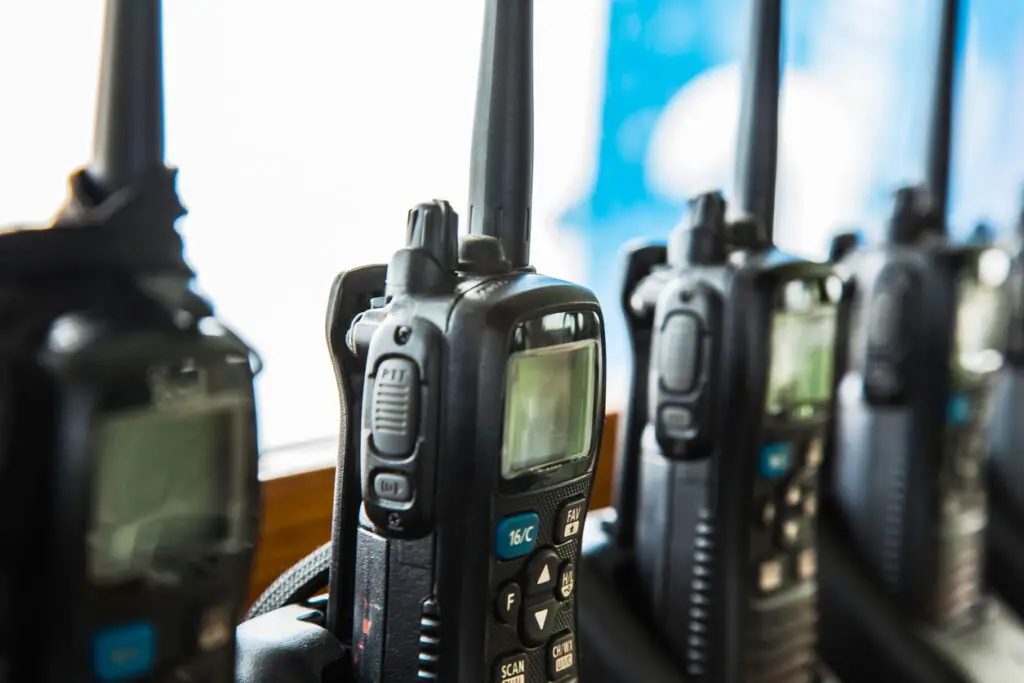
Long before smartphones, soldiers relied on walkie-talkies to stay in touch on the battlefield. They were first developed during World War II for infantry communication, allowing teams to coordinate without wires. The earliest versions were big and clunky, but they worked.
After the war, the idea caught on for police, firefighters, and eventually the public. Kids in the ’80s and ’90s even had toy versions. And they’re still in use today where phones might fail, like at concerts or during emergencies. It all started with the simple need to keep soldiers talking.
12. Digital Photography
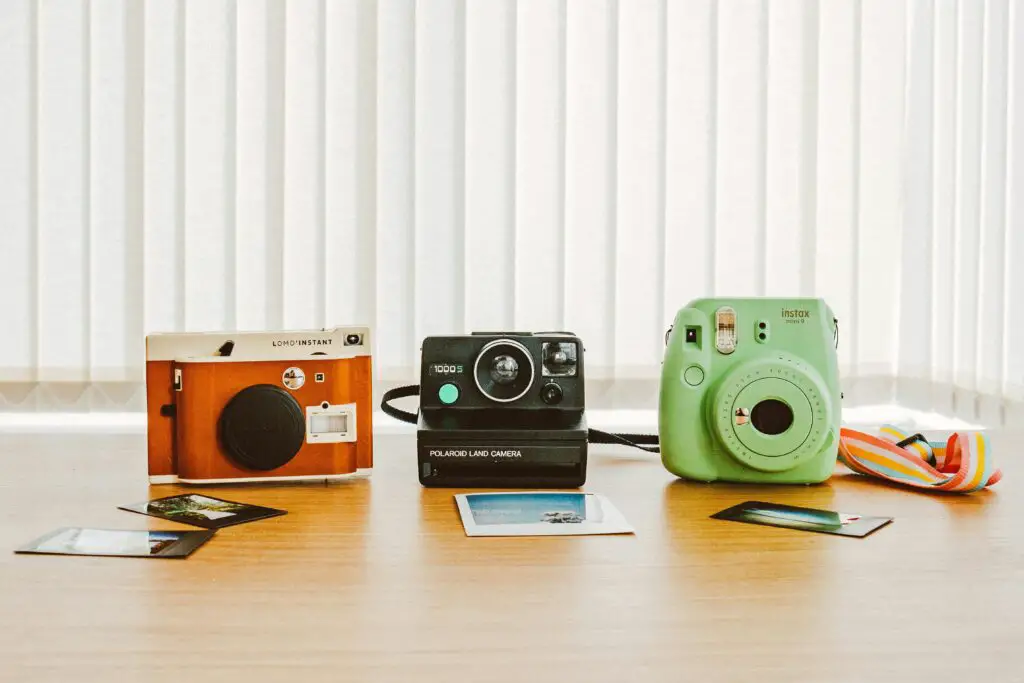
Before we were snapping selfies, the military was using digital image sensors for spy satellites. The tech was part of Cold War surveillance efforts to capture clear, high-resolution images from space. Film just wasn’t fast or reliable enough for that kind of job.
Eventually, the charge-coupled device (CCD) technology moved from spy gear into consumer cameras. Over time, it replaced film in nearly every camera on the market. Now it’s in our phones, security cameras, and even doorbells. The convenience of digital photography started in the shadows of military intelligence.
